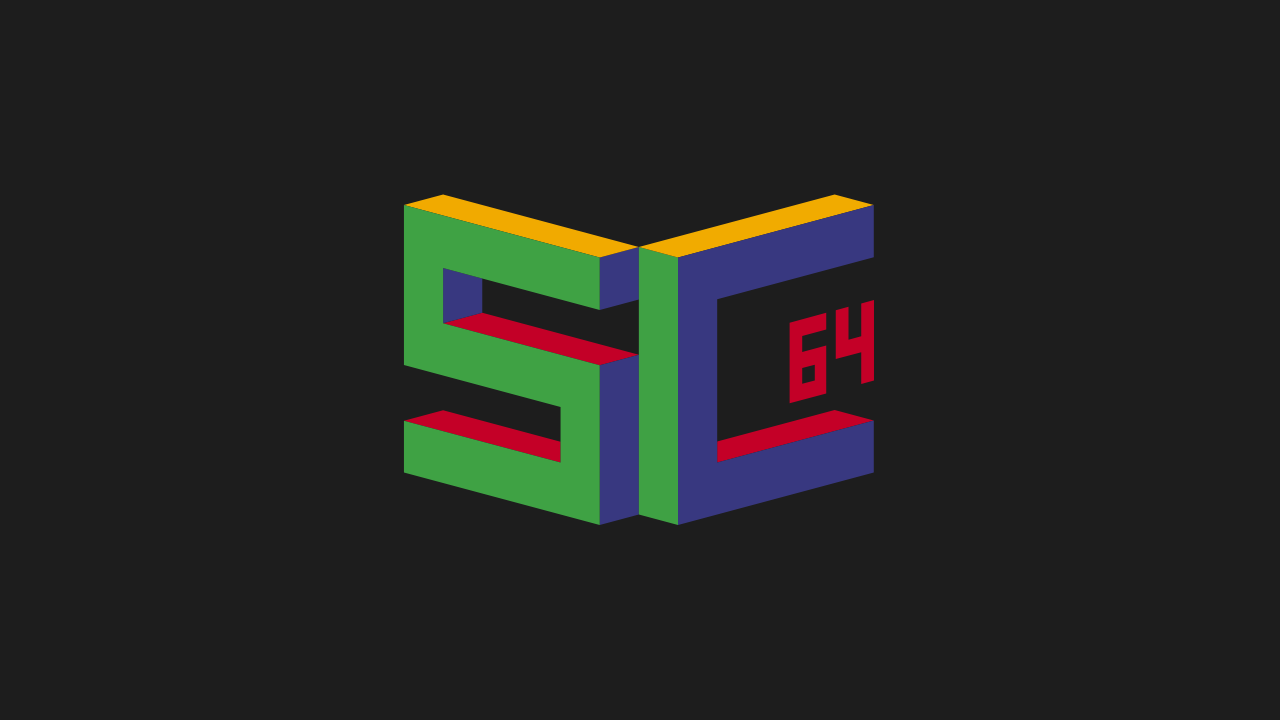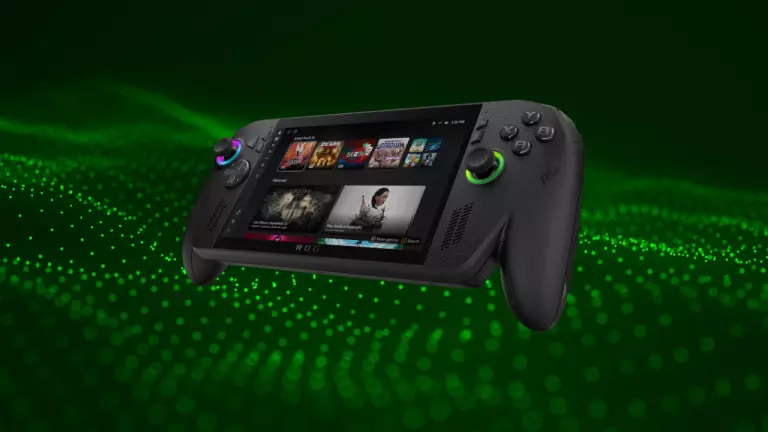Months ago, we shared an article informing you about two FPGA console projects that aim to bring our SEGA game collections back to life. These are independent projects with no connection to the big hardware manufacturers we’re used to, and both are in very early stages of development. However, of the two, the one that has caused the most stir is the Spanish team’s project, and not for good reasons. The internet has been flooded with fraud accusations surrounding the Super SEGA project.
Super SEGA
Super SEGA was announced as a hardware emulation console (commonly known as an FPGA) capable of running games from all of SEGA’s home consoles, from the ancient SG-1000 to the Dreamcast. This would have been a milestone for this type of hardware—not just because of the incredible feat of uniting all these systems into one, but because, to this day, there is still no FPGA system capable of running Saturn games, much less Dreamcast ones. Even a company with as much expertise in the field as Analogue hasn’t yet achieved this, with their most powerful FPGA replication so far being the Nintendo 64 through their recent Analogue 3D.
The Super SEGA project was modestly introduced with a very simple website and a development document describing the prototype’s main features. However, as time went on, things got weirder and weirder. Shortly after the project announcement, their YouTube channel resurfaced. It dates back to 2008 when the website was merely an FTP server dedicated to sharing SEGA ROMs.
A month ago, Alejandro, the project leader and public face, began uploading videos explaining the reservation process for the console and sharing reviews of its functionality. All the videos show a noticeable lack of quality and professionalism. It was precisely the first video explaining the pre-order system that set off all the alarms. According to Alejandro, there are two pre-order systems, one without a financial commitment and one with. Both require a fee of 3 euros. With the first option, if the console reaches enough pre-orders and goes into production, you would receive a purchase link valid for 24 to 48 hours to buy it at a reduced price, about 30% cheaper. However, if you miss the link or the stock runs out, the 3 euros are lost. The second option authorizes the payment platform to charge the total price of the device if it reaches the production stage.
Originally, it was promised that Super SEGA would not launch any crowdfunding campaigns until there was a functioning prototype. However, pre-orders opened before such a prototype was shown, understandably raising many doubts within the community. To address suspicions, they began uploading videos showing the prototype in action. The first video showed the board without its casing, pointing out its various connection ports. These included a slot for SG-1000 cartridges, one for Master System cartridges, another for Mega Drive, and a Compact Flash slot for running SEGA CD, Saturn, and Dreamcast games. Additionally, it highlighted 2 HDMI outputs, one VGA output, composite RGB output, and a Super Video input for connecting a 32X. There was also a USB port for firmware updates, 4 USB ports for controllers, and 4 9-pin connectors for original controllers from the SG-1000 to the Mega Drive generation.
Despite this demonstration, the video had several issues. The presenter seemed improvised, the technical quality of the video was poor, and the gameplay scenes clearly included edited cuts. This sparked suspicions about the loading times, and some began to question whether the console might actually be software-based emulation on a Raspberry Pi rather than legitimate FPGA hardware. The editing raised criticisms in the video’s comment section. To address this, Alejandro uploaded another video days later, this time testing the console in one continuous take.
This subsequent video once again revealed technical deficiencies in its production. Filmed with a handheld phone, it showcased the prototype up close. Key issues included the loud noise generated by the device’s fan and, most notably, the lack of audio during gameplay. Alejandro attributed this to the use of a 4K television in this video, claiming it was causing the higher resolution and input lag, compared to the 2K television used in the previous video.
The next series of videos included short spots featuring Cristina, Alejandro’s sister, and a compilation of appearances by Alejandro on Catalan television, where he acted as a comedian. While undeniably entertaining, this had no relevance to the project. Subsequent videos include renders of the console chassis, followed by a review of the console with its casing installed. The chassis seemed to resemble low-quality 3D printing and fell short of the quality expected for a high-priced product costing between 400 and 600 euros. Notably, in this video, the console was shown but not turned on or connected to demonstrate its functionality.
A few days later, the channel uploaded one of its most bizarre videos to date, which has left the community laughing. Alejandro is seen driving an orange Lamborghini to showcase the Super SEGA prototype. After some difficulty parking the car, he places a shoebox containing the prototype on the car’s roof, next to another product he developed – a monitor/screen recorder. This device was distributed by Cinemartin, a company he founded, which went bankrupt following the failure of his previous project, the Fran 8K, “the first 8K camera on the market.”
He proceeded to unbox the console and show it with its casing, only to then present a poorly executed video of himself testing the system in shorts. Remarkably, Alejandro even commented on this himself, noting that during moments when the screen turned black, viewers could see the reflection of him in his underwear standing in front of the TV. Adding to the absurdity, he lit a cigarette and started smoking mid-presentation, making the product showcase painfully awkward. Towards the end of the video, while playing Saturn’s Bomberman, audio suddenly started working without any explanation.
This is cinema 🚬
The Premium Version and More Doubts
The following video on the channel showed the premium version of the console, which included a disc reader on the left side. According to Alejandro, it could read both CD-ROMs and GD-ROMs. While reading CD-ROMs wouldn’t be particularly difficult, GD-ROMs are a nearly impossible challenge. This format was a collaboration between SEGA and Yamaha during the Dreamcast era. After the console was discontinued, the format fell into disuse, and it’s practically impossible to replicate it without help from the original creators. The demonstration only showed the console’s disc reader opening for a disc to be inserted; it was never turned on to prove it worked.
A video was uploaded shortly after with infomercial-style advertising showing Alejandro’s vast SEGA console collection. He ended the video by showcasing the Super SEGA alongside its box and manual. Amusingly, the box’s front side listed compatible systems, even including a photo of the Game Gear, despite no indication that its cartridges would work on the Super SEGA.
Extensive Reviews and Further Issues
On November 26, the channel released its longest video yet, featuring two console reviews. However, Alejandro didn’t perform the tests himself this time but remained behind the camera, as evidenced by his signature loud breathing.
The first review was highly flawed. The first game tested, Exerion from SG-1000, worked but lacked audio. Shadow Dancer from Master System also ran, but again without sound. When trying Ferrari Grand Prix Challenge for Mega Drive, the recording cuts at a key moment. While the game did load with audio this time, the testers couldn’t start a match. Two failed attempts to initiate a match caused the game to reboot, raising further suspicions about whether the games were being software emulated with inserted cartridges serving a purely aesthetic role.
Dreamcast titles were up next. Testing Super Street Fighter II started with the camera inexplicably focused on the player instead of the loading screen, with two clear cuts in the video. The game’s audio was audible, but gameplay footage was conspicuously absent. Gunbird 2 did play, seemingly proving the game was being executed, but the controls didn’t respond to the directional inputs. Lastly, they tested Formula Karts for Saturn, once again failing to show the loading screen. This time, audio worked, but the game couldn’t be started.
The second review involved a different tester but still faced significant issues. The console’s chassis seemed loosely fitted, with the top visibly lifting during setup. Initial attempts to output an image failed. After contacting the Super SEGA team, they were instructed to connect an auxiliary 5V cable without cartridges inserted, resolving the issue but resulting in no sound once again.
Their attempts to test Dreamcast and Saturn games followed the same pattern, where gameplay footage was replaced with shots of the system itself, preventing viewers from seeing the game in action.
Final Video and Current State
On December 1, Alejandro posted a new video testing the console with apparent frustration, frequently cursing and making remarks like “this damn garbage won’t load.” This time, Crazy Taxi for Dreamcast was tested. The game loaded, but once again, no footage was shown of the start screen. Gameplay was conducted in silence, punctuated only by the fan’s loud noise and Alejandro’s voice. Every test so far had been conducted using USB controllers, leaving the functionality of the four 9-pin ports unproven.
The most recent video, uploaded at the time of writing, addressed the loud fan noise. Alejandro explained that two screws were missing at the bottom of the console due to design flaws, demonstrating how suspending the console reduced noise while pressing the chassis increased it. The video concluded with him discussing a supposed cease-and-desist order from SEGA and his intention for SEGA to cover the production costs of completed consoles to comply with the order.
Our Opinion on the Super SEGA Project
From the beginning, the project seemed ambitious, but over time it has turned into a real work of fiction. Beyond the inadequate presentation videos, there are many red flags.
No clear photos of the board were provided to indicate its functionality or to confirm whether it’s a genuine FPGA console or simply a Raspberry Pi setup emulating games via software. Loading screens for Saturn and Dreamcast games were never shown, and original controllers were never used, with all tests conducted using USB controllers. Alejandro frequently changed numbers, whether referencing production costs, unit quantities, or prices, often within the same video.
This, combined with asking for pre-order payments without a sufficiently developed prototype, raises many concerns. While a poorly designed or low-quality chassis is forgivable, serious issues like games running without sound or the extreme noise levels from the cooling system are major problems.
The internet is full of opinions against the project. Some accuse it of being a scam, while others question the product’s quality. We won’t pass judgment on whether it’s fraudulent or simply a poorly executed concept. Still, we can’t recommend anyone reserve the product. If new information arises and the prototype’s evident flaws are resolved, this stance may change. For now, there’s no guarantee this project will succeed.






